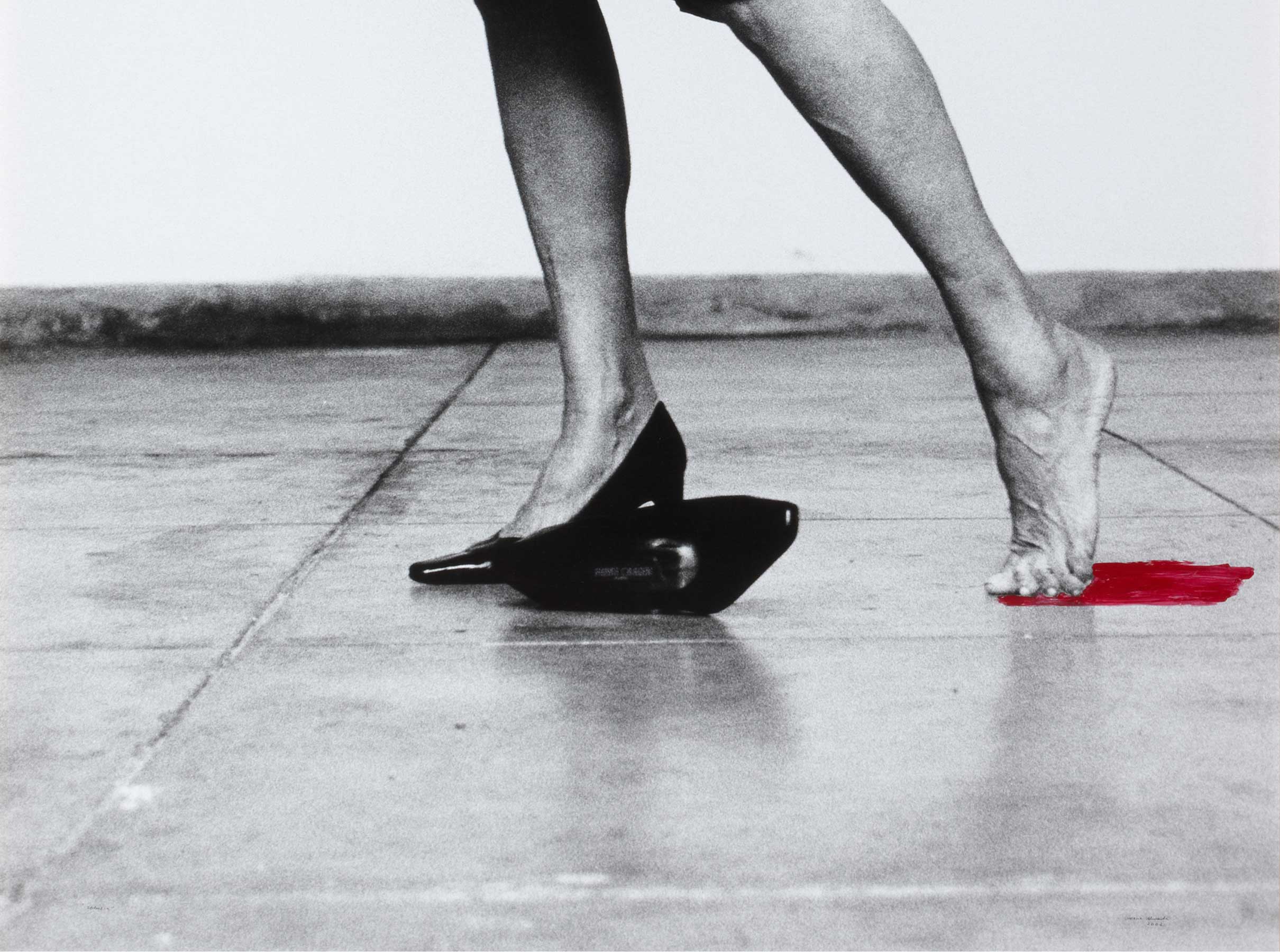Cadaqués [Cadaqués]
- 1974
- Mixed techniques on board
- 29 x 40 cm
- Cat. P_315
- Acquired in 1985
The beach at Cadaqués was a meeting place for artists and writers and was popularised by Salvador Dalí and Marcel Duchamp (with whom Marsans became friends). It is depicted here in a work from around the time when Marsans was working on his illustrations for the books of Marcel Proust. From then on, he was considered as an eminently Proustian painter, and there is a hint in this scene of striving for the slow pace and decadent, refined ambience of À la recherche du temps perdu. There are boats lined up along the shore, and several people can be glimpsed in silhouette, while the foreground is occupied by the walls of a building, highlighted in charcoal. The suggested right-angles of the composition give the picture a geometric look, perhaps based on Divida Proportione by Luca Pacioli (which Marsans, who loved mathematics, had studied in depth). The same attitude can be seen in his later small-format still-lifes with flowers, book-cases, interior and exterior walls.
Other works by Luis Marsans y Juliá

![Cadaqués [Cadaqués]](/f/webca/INF/assets/img/fff.png)